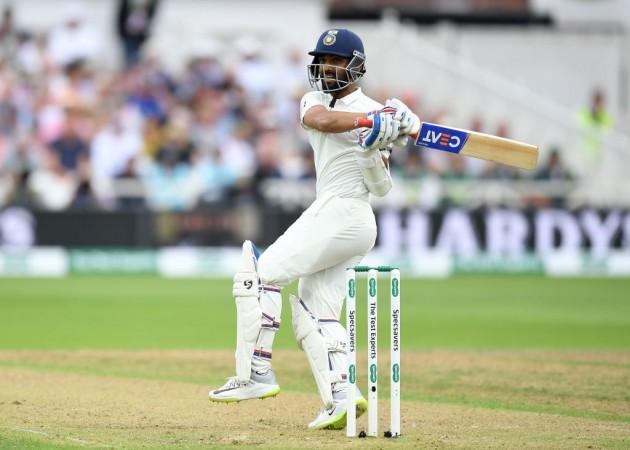
So, as expected, India have won the 2-match Test series against West Indies quite easily. There was hardly any phase in these two games where the West Indians seemed to have a serious chance of winning. It was India all the way through.
While the series didn't provide the kind of excitement that the ongoing Ashes series has, there were many important lessons that we learnt from it. With this being just the beginning of the World Test Championship for both the teams, these lessons have to be kept in mind going forward by the two sides.
Let's look at the 6 most important things we learned from this contest.
Jadeja has overtaken Ashwin as lead spinner overseas
When the Indian team chose to play Ravindra Jadeja ahead of Ravichandran Ashwin in the first Test, there were a lot of eyebrows raised. But the way Jadeja bowled and batted has vindicated the decision. Jadeja showed that he has improved considerably with the bat and is also the most dependable spinner. His three wickets in the second innings of the last Test shows his quality as a left-arm spinner. Ashwin's disappointing outings outside India last year has now clearly made Jadeja India's main spin option overseas.

Rahane should never be doubted
Considering how he performed in this series, it seems incredible that some people wanted Ajinkya Rahane to be left out for this series and Rohit Sharma given a chance. Rahane is a proven commodity and has been a reliable performer. He has scored runs all over the world and in all conditions. His performance in West Indies should silence all his doubters.
West Indies revival still in nascent stage
The Test series win over England earlier this year was looked upon by many as the beginning of West Indies team's revival in cricket. But this series has shown that there remains a lot to be done before this recovery reaches a position of security. While the bowlers still showed the quality which helped them thrash England, they didn't live up to expectations. But it was the batting which was the most disappointing. Until the batsmen start performing more consistently, Windies would remain highly vulnerable. So, the Caribbean side has a long way to go before re-joining the league of big teams.

Indian pace bowling attack is best in the world
Despite both Australia and South Africa possessing a good pace attack, it seemed from this series that India's fast bowling unit is even better. Unlike the Australians who failed to stop Ben Stokes and South Africans who also couldn't get Kusal Perera out in a smillar situation, Indian bowlers have, in Jasprit Bumrah, a yorker specialist for finshing off the tail. While Ishant provides height, Shami gets swing and Bumrah is the complete package. It can be said with a great deal of confidence that Indian pace bowling attack is, at the moment, the best one in the world when seen in terms of all-round ability.
Young talent of Windies not rising to expectations
Shai Hope and Shimron Hetmyer are the future of West Indies batting but both continue to disappoint. Hope couldn't play the second Test due to injury but failed in the first one. Similarly, Hetmyer also was guilty of the same mistakes that have prevented him from getting more runs – uncontrolled aggression. There were too many loose shots from him and he threw his wickets away again. Until these two batsmen start performing consistently, West Indies would struggle.
Holder is now a proven leader
Way back in 2017, Michael Holding was complaining about the presence of Jason Holder in the West Indies team and pointed to his less than average record. But those days are long gone as Holder has turned into a very competent bowler. His bowling in the second Test's first innings was simply brilliant. He is now a proven leader and very effective with the ball. In fact, he is now West Indies' best bowler. That vindicates the trust shown in him by the West Indian board early on in his career.














